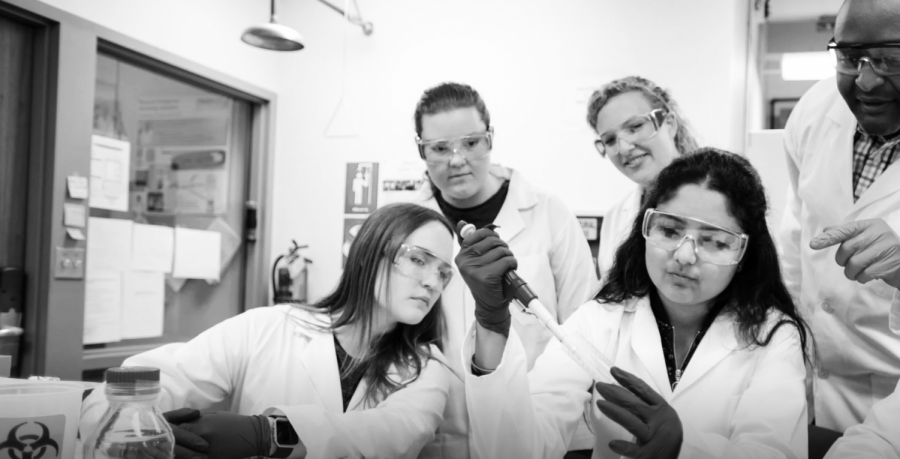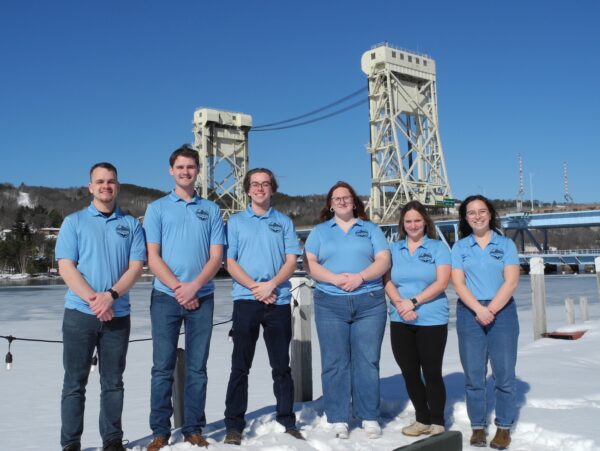Within the last two decades, the world has experienced two coronavirus outbreaks/epidemics: the severe acute respiratory syndrome coronavirus (SARS-CoV) epidemic in 2002 and the Middle East respiratory syndrome coronavirus (MERS-CoV) epidemic in 2012. SARS-CoV and MERS-CoV epidemics started in Guangdong province (China) and in Saudi Arabia, respectively. Both viruses are transmitted through aerosols and are associated with flu-like symptoms like fever, chills or cough, as well as respiratory distress and, in some cases, pneumonia.
Within the past six weeks, there has been an outbreak of a new coronavirus (the so-called 2019-nCoV or Wuhan coronavirus). The 2019-nCoV outbreak started in Wuhan City in China in December 2019 and the infection has been reported in more than 18 countries around the world.
Here is what the make-up of these coronaviruses can tell us. Recently, the genetic sequence, the fingerprint of the virus, has been determined in China and in the U.S. The virus is an RNA virus with a genome size of about 29,882 bases, which is similar in size to the genome of SARS-CoV (~29,760 bases); the genome size of MERS-CoV is around 30,123 bases.
Based on sequence analyses, the polyprotein of non-structural proteins of 2019-nCoV is almost identical to that of SARS-CoVs (86-96%). The structural proteins of 2019-nCoV — spike glycoprotein, the envelope protein and membrane glycoprotein — are also close to those of SARS-CoVs: 76%, more than 90%, about 90%, respectively. The percent identity of the envelope protein and membrane glycoprotein of 2019-nCoV compared to those of MERS-CoVs is very low: less than 37% and about 40%, respectively.
What does this mean? The 2019-nCoV is more closely related to SARS-CoVs than MERS-CoV. This is good and bad news.
The good news is:
1. Candidate drug combinations (lopinavir, Galidesivir, ritonavir, ribavirin, etc.), which are currently under pre-clinical/clinical studies for SARS-CoV, could be explored as treatment options for 2019-nCoV.
2. Out of the 9,800 patients who have been infected with the 2019-nCoV (as of Jan 31), 213 have died of their infections; a mortality rate of 2.2%. So, 2019-nCoV has a lower mortality rate compared to SARS-CoV (about 9.8%) or MERS-CoV (about 50%).
The bad news is:
1. Candidate vaccines in pre-clinical/clinical studies against SARS-CoV may not offer protection against 2019-nCoV.
2. Developing a vaccine against 2019-nCoV will be challenging due to the potential of the virus to mutate.
3. The population does not have serum-neutralizing antibodies against 2019-nCoV. That means the number of 2019-nCoV-infected patients are likely to continue to increase.
4. 2019-nCoV is a biosafety level 3 virus; not every virology lab can work on the virus and the amount of information that can be learnt from this virus will be limited to a few research labs.
Coronaviruses are zoonotic RNA viruses that can mutate and cross species barriers to infect other organisms, including humans. What we do not know is how many other coronaviruses are currently replicating and mutating in animal reservoirs, with potentials to infect humans.
That’s why the work that the virology community and I do in our labs is so important. Mutation(s) in viruses can change the structure and the function of a protein, making the development of an effective vaccine very challenging.




